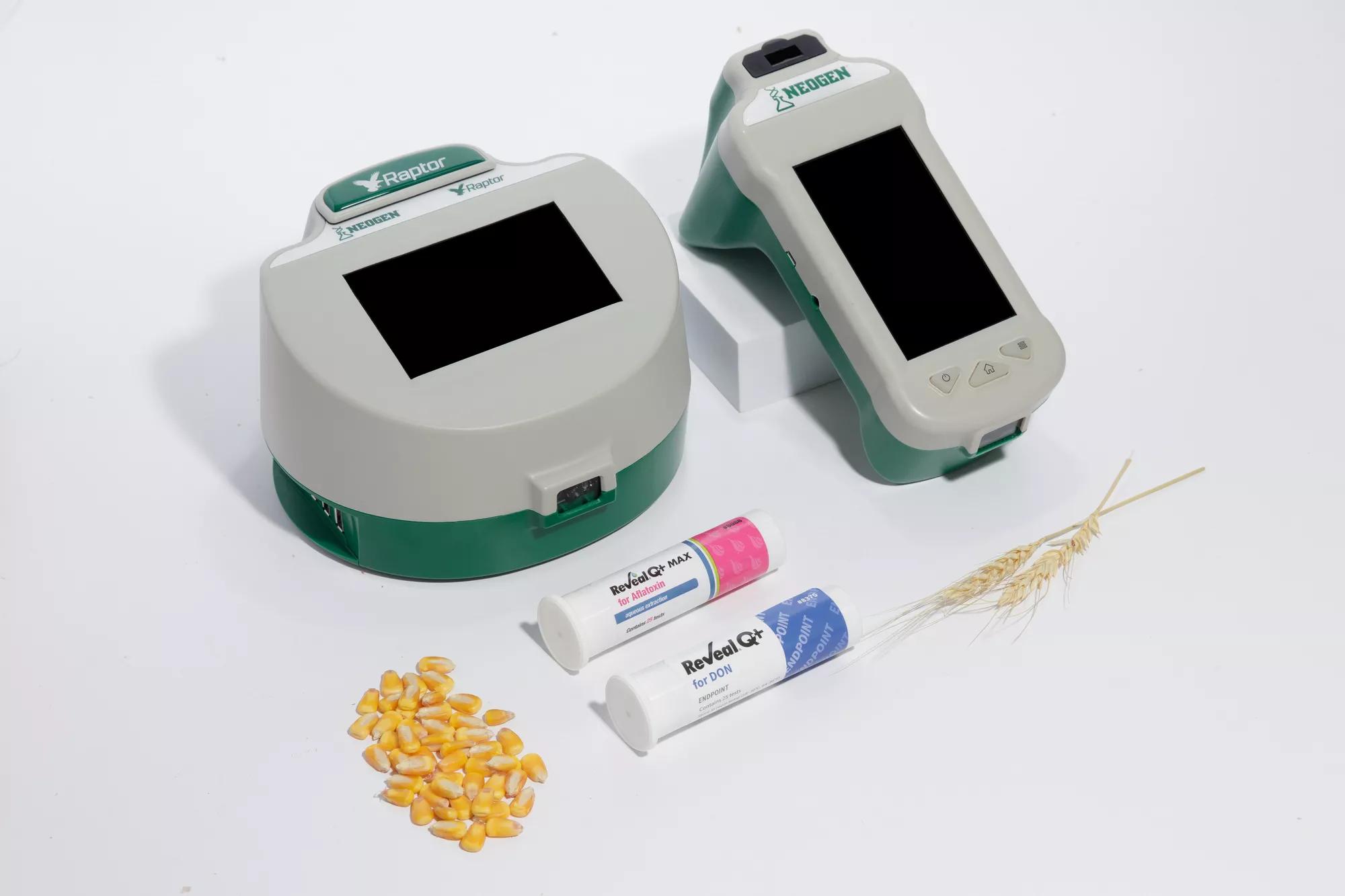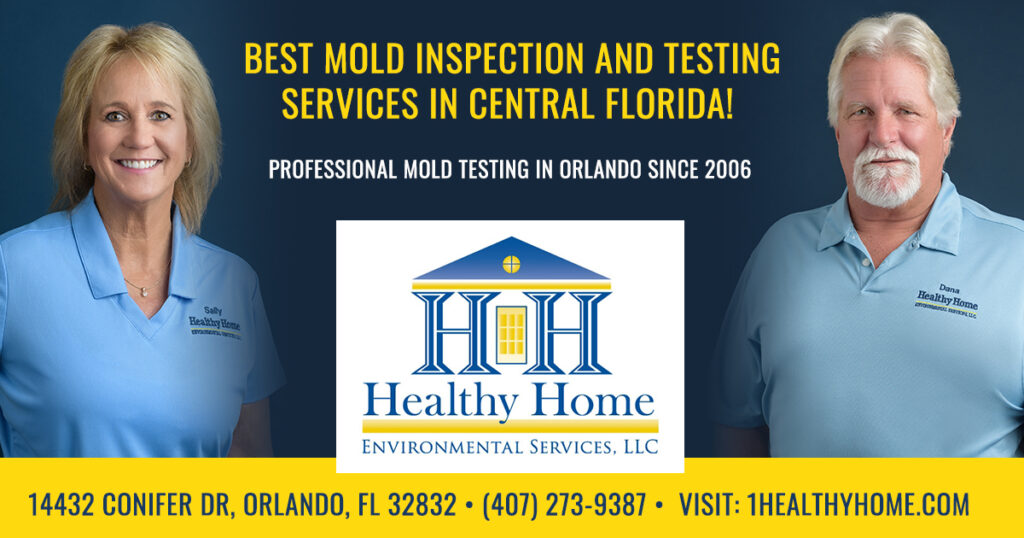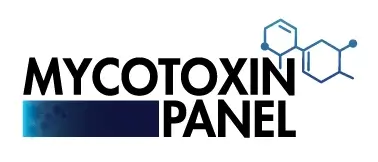Ensuring Compliance With Rules: the Role of Mycotoxin Checking in Quality Assurance
Making sure conformity with stringent regulations is critical for maintaining food safety, and the role of mycotoxin testing in quality assurance can not be overemphasized. Mycotoxins, hazardous compounds generated by particular mold and mildews, present substantial health threats, making their detection crucial in food manufacturing. Adherence to regulatory criteria, such as those established by the FDA and EU, calls for robust testing methods and innovations to determine and evaluate these pollutants. By carrying out comprehensive screening procedures, companies can avoid possible health situations, prevent pricey recalls, and keep consumer trust fund. However, the complexities of these screening processes raise important inquiries about their performance and efficiency.
Comprehending Mycotoxins
Understanding mycotoxins is essential to making certain the quality and safety of agricultural items. Mycotoxins are poisonous additional metabolites produced by certain varieties of fungis, typically found in foodstuffs such as seasonings, nuts, and grains. These substances can develop at different phases of the food production process, from pre-harvest to storage space, and pose significant health and wellness risks to both human beings and animals (Mycotoxin testing Services). One of the most well-known mycotoxins consist of aflatoxins, ochratoxins, fumonisins, and trichothecenes, each related to details environmental conditions and fungal types.
The visibility of mycotoxins in food can bring about persistent and severe wellness concerns, consisting of liver damage, immune suppression, and carcinogenic results. Their discovery and quantification are important components of top quality control in agricultural and food markets. The intricacy of mycotoxin contamination necessitates a multifaceted technique, utilizing sophisticated analytical strategies such as fluid chromatography, mass spectrometry, and enzyme-linked immunosorbent assays (ELISA) By understanding the sources, kinds, and effects of mycotoxins, stakeholders in the farming sector can better implement preventative steps and reduce threats, making certain much safer intake for end-users. This understanding develops the bedrock whereupon efficient mycotoxin administration techniques are developed.
Regulative Requirements for Mycotoxins
Having established a foundational understanding of mycotoxins and their impact on food safety, it is essential to assess the regulative standards governing their presence in agricultural items. Governing criteria for mycotoxins are vital because they specify acceptable limitations, making certain food safety and shielding public health. Numerous worldwide and nationwide agencies have established these limitations based on thorough risk analyses.
The Codex Alimentarius Compensation, an international body developed by the FAO and that, gives standards and maximum permitted levels for various mycotoxins in food and feed. For example, the Codex has actually established limitations for aflatoxins in peanuts, maize, and dried figs, among various other assets. These standards are often taken on or adjusted by private countries to fit their certain demands.
In the European Union, Guideline (EC) No 1881/2006 stipulates optimum degrees for a number of mycotoxins, such as aflatoxins, ochratoxin A, and deoxynivalenol, in different food products. The United State Food and Drug Management (FDA) has actually established action levels for mycotoxins like aflatoxins in commodities such as grains and nuts.
Adherence to these governing requirements is important for keeping market gain access to, consumer depend on, and public health and wellness. Non-compliance can bring about considerable economic losses and wellness dangers, underscoring the importance of rigid mycotoxin testing procedures.
Testing Approaches and Technologies

ELISA is commonly valued for its cost-efficient and fast screening abilities, making it suitable for high-throughput settings. It counts on antibodies to discover details mycotoxins, providing cause a relatively brief time framework. Nevertheless, its sensitivity might be limited contrasted to extra innovative methods.
HPLC, on the other hand, stands out in giving quantitative evaluation with high accuracy and accuracy. It separates intricate mixtures into individual components, making it highly efficient for recognizing and measuring numerous mycotoxins simultaneously - Mycotoxin testing Services. This strategy, while more resource-intensive and time-consuming than ELISA, supplies a greater degree of integrity

LC-MS represents the peak of logical uniqueness and level of sensitivity. Incorporating the separation power of fluid chromatography with the discovery capacities of mass spectrometry, LC-MS can identify even trace degrees of mycotoxins. This technique is important for validating the visibility of mycotoxins in forensic and governing contexts, ensuring conformity with strict safety and security criteria.
Implementing Testing Methods

Integrating these advanced screening techniques into an extensive quality assurance structure requires a well-structured method to applying testing protocols. To accomplish this, companies need to initially perform a detailed risk analysis see post to determine possible mycotoxin contamination factors within the supply chain. This analysis notifies the growth of a tailored testing approach that resolves particular vulnerabilities.
Next, developing standardized sampling treatments is essential. Consistent sampling ensures that test outcomes are reliable and agent of the entire batch (Mycotoxin testing Services). Sticking to standards from regulatory bodies, such as the FDA or EFSA, aids keep conformity and boosts the trustworthiness of the screening procedure
Training employees is one more critical part. Personnel has to excel in both sample collection and the procedure of testing devices. Routine training sessions and certification programs can make certain that employee stay updated with the most recent strategies and governing adjustments.
Benefits of Mycotoxin Testing
Mycotoxin testing provides numerous advantages that substantially boost the safety and security and high quality of food and feed products. Largely, it serves as a critical control action to avoid polluted goods from getting to the consumer market, therefore securing public health. By identifying and measuring mycotoxins such as fumonisins, ochratoxins, and aflatoxins, manufacturers can guarantee that their items meet stringent regulative standards, therefore avoiding potential lawful consequences and associated expenses.
In addition, mycotoxin screening adds to the economic viability of food and feed sectors by reducing the threat of massive product remembers. The ability to identify and separate infected batches early in the manufacturing procedure decreases waste and protects against the economic losses related to damaged brand name online reputation. Additionally, it reference cultivates customer depend on and commitment, as customers are significantly knowledgeable about food safety and security problems and need better standards.
The implementation of routine mycotoxin screening additionally advertises finest methods within agricultural and manufacturing industries. By adhering to rigorous testing check that protocols, business can enhance their quality control processes, improve functional efficiency, and guarantee the regular production of safe, high-quality products. In conclusion, the advantages of mycotoxin testing are multifaceted, contributing to public health and wellness, financial stability, and sector stability.
Verdict
Mycotoxin testing is essential in guaranteeing conformity with governing requirements, thus keeping food security and quality assurance. By systematically spotting unsafe mycotoxins, this technique assists mitigate wellness dangers, protect against lawful consequences, and stay clear of financial losses related to item recalls. Applying robust screening protocols promotes customer count on and self-confidence in food security methods, ultimately sustaining the stability and credibility of food companies. Hence, mycotoxin testing continues to be a crucial element of modern-day food safety and security administration systems.
Making sure conformity with stringent regulations is extremely important for maintaining food security, and the function of mycotoxin screening in top quality control can not be overstated.In the world of mycotoxin screening, progressed innovations and approaches are crucial in guaranteeing food security and regulative compliance.Mycotoxin testing offers many advantages that substantially improve the safety and security and top quality of food and feed products.Mycotoxin testing is critical in ensuring conformity with governing requirements, thus maintaining food security and quality control. Therefore, mycotoxin testing stays a crucial part of modern food security administration systems.